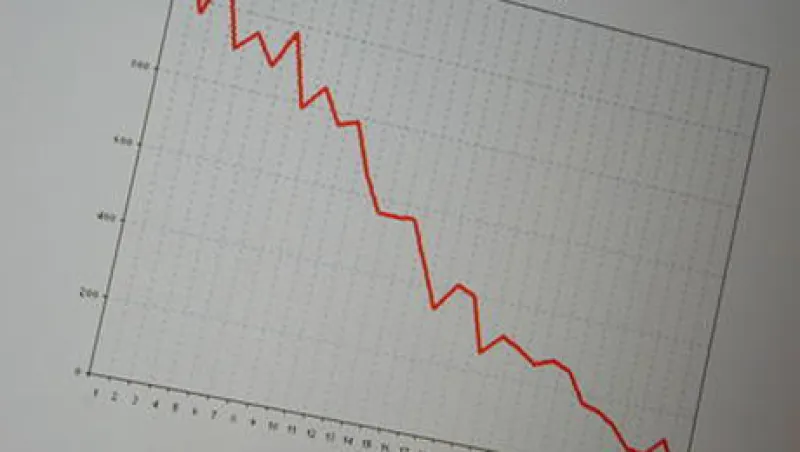A first look at how hedge funds have fared during the October rally is one of those good news/bad news deals. First the bad: Virtually no funds outperformed the broader market, according to a database of several dozen hedge funds. But this is good in a way. Remember, these are “hedge” funds, not long-only funds. So they are not supposed to outperform big stock market rallies. In fact, it would be more worrisome if a large number of funds way outperformed the broader averages given the enormous volatility in the markets. The monthly data captures the period from September 27 through October 25, a period when the S&P 500 climbed 5.8 percent and the Nasdaq Composite 4.8 percent.
During this period, just two funds in the database beat these two indices: Alex Roepers’ AJR fund, which was up 7. 14 percent, and Bay Resource Partners Offshore Fund Ltd., up nearly 7 percent. However, this still left AJR down 7.29 percent for the year and Bay Resources off 7.90 percent. Bay Resources is managed by Atlanta-based GMT Capital, founded in 1990 by Thomas E. Claugus.
Overall, however, more than half the funds lost money during that four-week period. They include the Paulson Advantage Fund Ltd.—the non-leveraged Paulson offering—which lost nearly 2 percent, and is now down about 29.5 percent for the year. According to published reports, Paulson recently pulled back on risk—just in time for one of the biggest monthly moves in stock market history.
By next week, we may begin to learn how many investors chose to redeem for year-end. His Gold fund was up 1.62 percent for the one-month period, and is up 2.72 percent year-to-date.
Otherwise, most of the event driven and arbitrage funds are in the black for the month. They include Dan Loeb’s Third Point Fund and Barry Rosenstein’s Jana Partners Fund, each of which is up less than 1 percent for the four-week period. They are down just 0.33 percent and 2.44 percent, respectively, for the year, compared with the S&P 500, which was off 2.22 percent through October 25.
On the other hand, most of the commodity trading advisors (CTAs) are down for the month. They include Tudor Momentum fund, the computer-driven futures fund run by Steve Evans, down more than 4 percent for the month, leaving it 1 percent in the black for the year.
And although Altis Fund was only off 1 percent or so for the four-week period, its losses have now topped 29 percent for the year. The firm was founded in 2001 with just $1.2 million in assets by Zbigniew Hermaszewski, Natasha Reeve-Gray, Alex Brunwin and Stephen Hedgecock.
The CFM Discuss fund, however, is roughly unchanged and is still up more close to 22 percent for the year.
It will be interesting to see how the final October numbers tumble out. But one thing is clear from the early data: No one seems to be swinging for the fences in a bet on the market’s next big move. body







